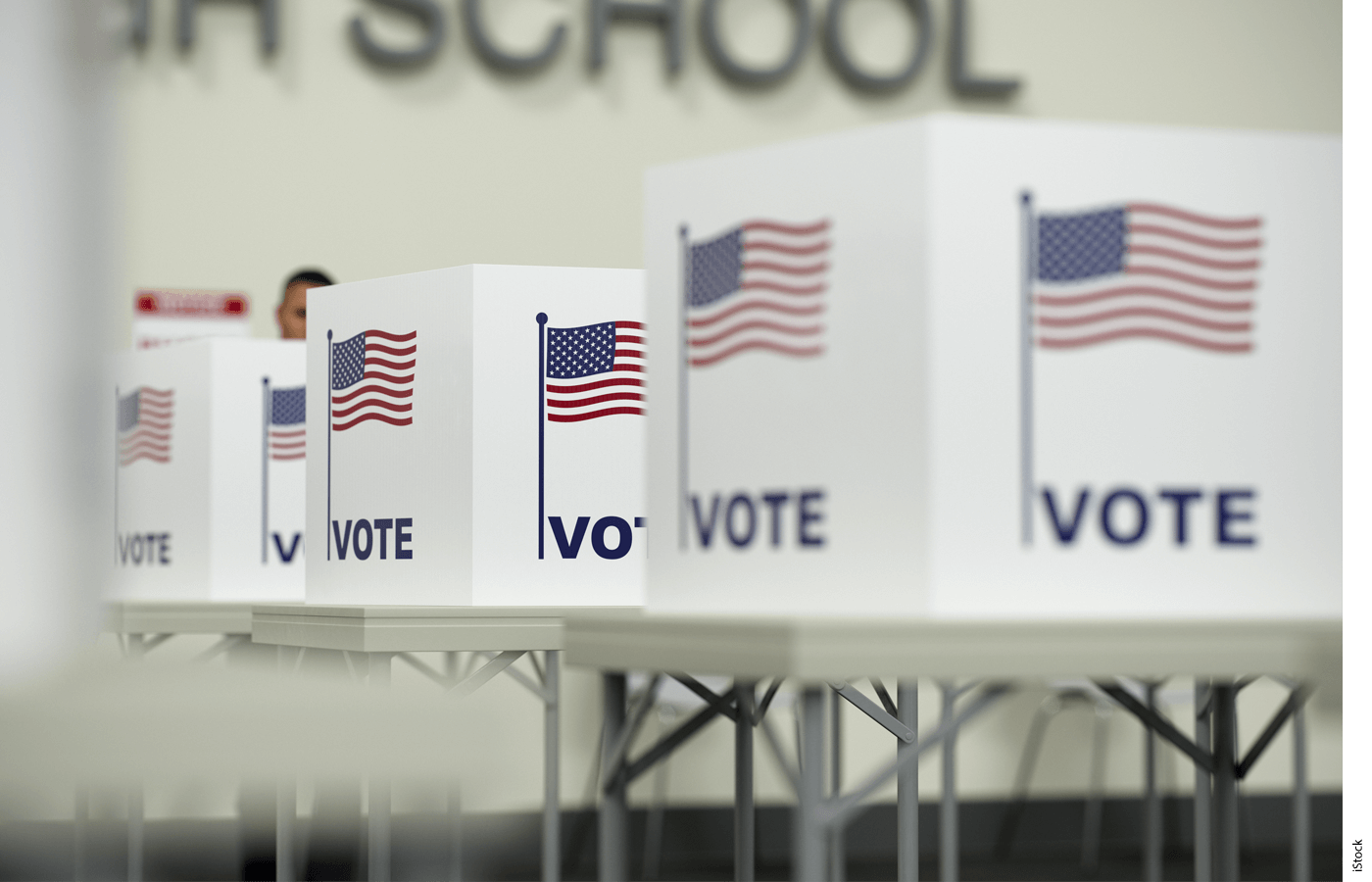
On school choice questions, the Republican and Democratic parties now differ fundamentally. In their 2024 party platform, Republicans committed themselves, for the first time, to “universal school choice,” while the Democrats’ draft platform denounces vouchers and calls for tighter restrictions on charter schools. Based on these contrasting planks, choice advocates should avidly support Donald Trump and thoroughly oppose Kamala Harris.
Yet choice proponents could celebrate more progress over the next four years if Democrats rather than Republicans capture the presidency in November. Such is the irony of political life in a country where most states choose their governors in mid-term elections.
States and localities, not the national government, set most of the conditions affecting school choice. These lower tiers of government decide whether to authorize charter schools and whether to offer such programs as school vouchers, tax-credit-funded scholarships, and education savings accounts (ESAs). The federal government spends some $440 million dollars on charter schools annually, but that outlay amounts to but a spoonful of the trillion-dollar fiscal ocean poured on public schools from government sources.
Governors, not the president, are the chief executives crucial to school choice success. If a governor opposes a choice bill, it has little chance of succeeding. The Kentucky legislature did pass a tiny charter bill creating two schools over the veto of Governor Andy Beshear in 2022. But that action was more than offset in 2023 by the line-item veto of ESA legislation cast by Pennsylvania Governor Josh Shapiro.
Vetoes count, but gubernatorial agenda-setting and arm-twisting powers are crucial. In recent years, governors pushed ESA or tax-credit legislation through the legislatures in Florida, West Virginia, Utah, Oklahoma, and Arizona. Governor Greg Abbott failed to pass ESAs in Texas, but he then orchestrated the defeat of a baker’s dozen of Republican legislators in primary contests, setting up a seemingly irresistible path for ESA enactment this coming term.
Given only a slight (27–23) Republican gubernatorial edge nationwide, either party could in theory gain ground in 2024 if it could ride the coattails of a winning presidential candidate. But according to current prognostications, the partisan balance in the state mansions will change by no more than one, and maybe not at all. Of the 11 spots up for election this year, the incumbent party is at risk in only two. Republicans could pick off North Carolina, the Democrats, New Hampshire.
Major change could occur when ballots are cast for legislators in 44 states. A sweeping presidential win could have important down-ballot consequences, something Democrats feared when Joe Biden’s reelection chances plummeted. But now that Harris is nomination-bound, pundits say it will be a close election. If so, not much will happen at the state level.
Bigger shifts could occur in subsequent years, mainly because no fewer than 41 gubernatorial seats will be up for voter consideration before the next general election in 2028. Two things routinely happen in the midterms. A lower percentage of the population turns out to vote, and the party in the White House loses seats to the opposition. The winning presidential candidate, who tends to carry fellow partisans into office on his or her coattails in the general election, is not on the midterm ballot, leaving those candidates on their own. Also, voters may prefer to vote for the opposition to counterbalance the awesome power of the presidency.
The midterm rule has exceptions. In 2022, Republicans barely won the House of Representatives, while Democrats retained control of the Senate and did better than anticipated in state elections. Democrats attribute their success to the abortion issue and a long-term partisan trend; Republicans blame poor candidate selection and new electoral rules that benefitted an opposition that made more use of mail-in balloting. Whatever the explanation for 2022, it’s more than likely that 2026 will revert to what has been a longstanding pattern.
If so, the party that wins the presidency will face an uphill battle on school choice issues over the next four years. It will gain little in the 2024 election and will probably lose a lot in the subsequent midterms.
Of course, something beyond partisan politics could drive future outcomes, just as pandemic-related school closures altered the landscape in 2020. Many families were upset when their children were learning less online and became socially isolated and emotionally distressed. Republicans unified around educational alternatives. Over the past four years, more than 20 states have enlarged choice opportunities. Despite Democratic success in 2022, choice legislation was enacted in Iowa, Utah, Arkansas, Florida, Oklahoma, Ohio, South Carolina, Indiana, Nebraska, and Montana in 2023. That trend will continue if Governor Abbott pushes a comprehensive ESA program through the Texas legislature.
But choice supporters could be hammered if their policies and programs fail to live up to expectations. What happens in schools affects voter assessments as much or even more than party politics. Even so, a presidential victory—or defeat—could have ironic consequences for the school choice party.
Paul E. Peterson is the Henry Lee Shattuck Professor of Government and director of the Program on Education Policy and Governance at Harvard University. He welcomes your reactions to this post by email at paul.peterson@educationnext.org; responses will be curated and shared periodically. His Education Exchange podcast is available with a new episode each Monday.


